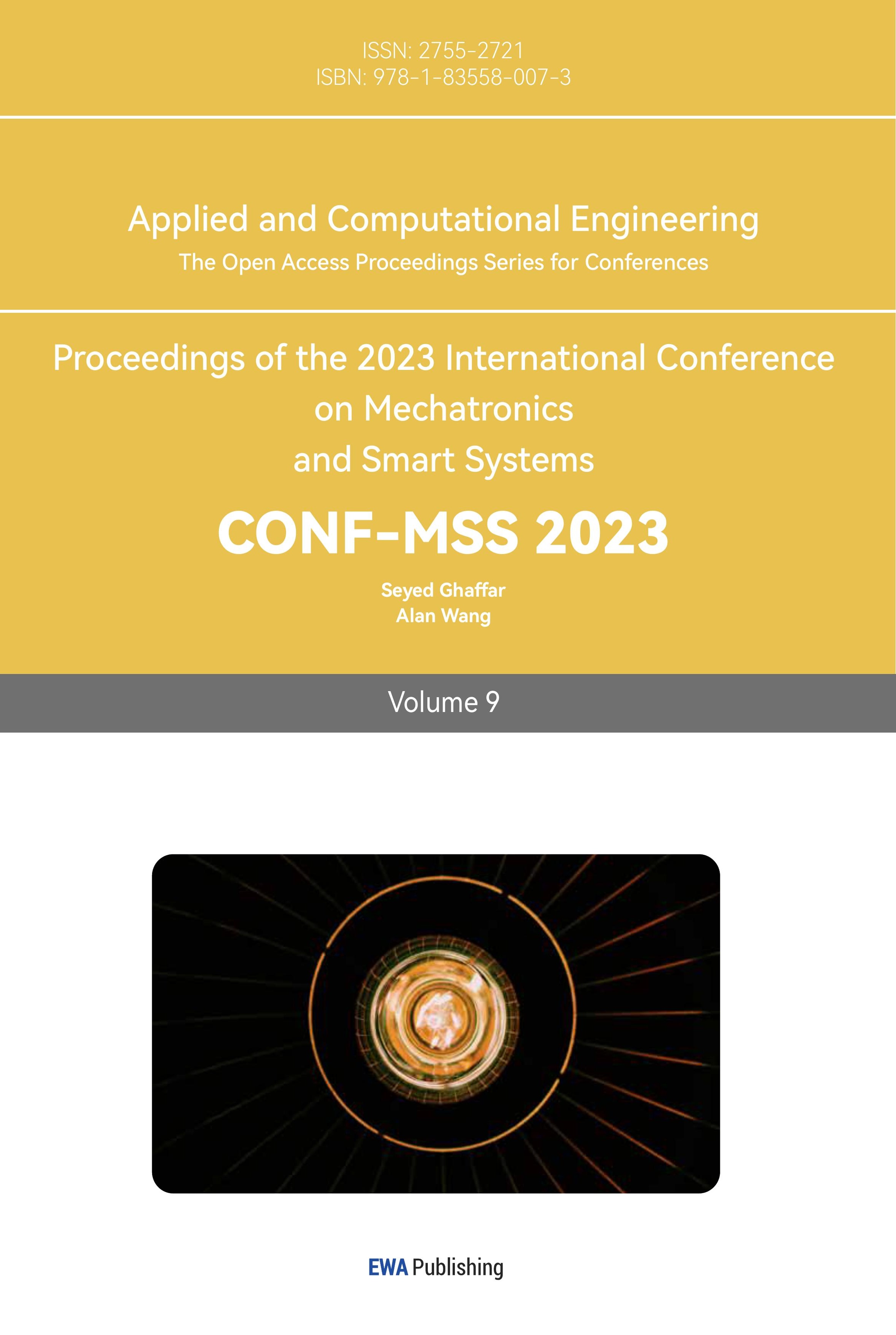References
[1]. Huang Zixian. Research on the Design of Contemporary Super High rise Green Buildings -- Taking Shanghai Tower as an Example [J]. Urban Housing, 2021,28 (04): 216-217
[2]. Zhu Wenbo. Inheritance and Innovation of BIM Technology in Shanghai Tower [J]. Architectural Technology, 2020,4 (04): 71-72
[3]. Chen Jiliang, Ding Jiemin, Ren Lizhi, etc. Application of BIM Technology in Shanghai Tower [J]. Architectural Practice, 2018,1 (11): 110-112
[4]. Shao Fanxi Application of green building technology under the goal of "double carbon" - taking Shanghai Tower as an example [J]. Urban Building Space, 2022,29 (08): 88-90
[5]. Gu Jianping. Super High Green Building of Shanghai Tower [J]. Architectural Technology Development, 2015,42 (02): 19-21
[6]. Fan Hongwu, Han Jihong, Wang Zhenhua. Design of Building Energy Efficiency Scheme for Shanghai Tower [J]. Green Building, 2011,3 (03): 27-30
[7]. Fang Zhou, Fan Hongwu, Han Jihong. Technical Features of Super High Green Building in Shanghai Tower [J]. Construction Science and Technology, 2013, No.246 (14): 28-31. DOI: 10.16116/j.cnki.jskj.2013.14.016
[8]. Gong Jian, Fang Tingchen, Zuo Junqing. A Review of Key Technologies Development of Super High-Rise Building Construction in China[J]. Advances in Civil Engineering,2022,2022.
[9]. Ding Jiemin, Chao Si, Wu Honglei, etc. Key technologies for green structure design of Shanghai Tower [J]. Journal of Architectural Structure, 2017,38 (03): 134-140. DOI: 10.14006/jzjgxb.2017.03.015
[10]. Ding Jiemin, Chao Si, Wu Honglei, etc. Application and research of composite structural components in Shanghai Tower [J]. Architectural Structure, 2011, 41 (12): 61-67. DOI: 10.19701/j.jzjg.2011.12009
[11]. Structural Concrete; New Structural Concrete Data Have Been Reported by J. Gong and Co-Authors (Monolithic pouring of the foundation slab of the 632-m high Shanghai Tower)[J]. Technology & Business Journal,2017.
[12]. Wang Lei, Ni Weiran Baosteel slag powder has successfully entered the "Shanghai Tower" [N] China Metallurgical News, 2010-01-12 (B03)
Cite this article
Tang,Y. (2023). The design and construction of the green building--the Shanghai Tower as an example. Applied and Computational Engineering,9,1-6.
Data availability
The datasets used and/or analyzed during the current study will be available from the authors upon reasonable request.
Disclaimer/Publisher's Note
The statements, opinions and data contained in all publications are solely those of the individual author(s) and contributor(s) and not of EWA Publishing and/or the editor(s). EWA Publishing and/or the editor(s) disclaim responsibility for any injury to people or property resulting from any ideas, methods, instructions or products referred to in the content.
About volume
Volume title: Proceedings of the 2023 International Conference on Mechatronics and Smart Systems
© 2024 by the author(s). Licensee EWA Publishing, Oxford, UK. This article is an open access article distributed under the terms and
conditions of the Creative Commons Attribution (CC BY) license. Authors who
publish this series agree to the following terms:
1. Authors retain copyright and grant the series right of first publication with the work simultaneously licensed under a Creative Commons
Attribution License that allows others to share the work with an acknowledgment of the work's authorship and initial publication in this
series.
2. Authors are able to enter into separate, additional contractual arrangements for the non-exclusive distribution of the series's published
version of the work (e.g., post it to an institutional repository or publish it in a book), with an acknowledgment of its initial
publication in this series.
3. Authors are permitted and encouraged to post their work online (e.g., in institutional repositories or on their website) prior to and
during the submission process, as it can lead to productive exchanges, as well as earlier and greater citation of published work (See
Open access policy for details).
References
[1]. Huang Zixian. Research on the Design of Contemporary Super High rise Green Buildings -- Taking Shanghai Tower as an Example [J]. Urban Housing, 2021,28 (04): 216-217
[2]. Zhu Wenbo. Inheritance and Innovation of BIM Technology in Shanghai Tower [J]. Architectural Technology, 2020,4 (04): 71-72
[3]. Chen Jiliang, Ding Jiemin, Ren Lizhi, etc. Application of BIM Technology in Shanghai Tower [J]. Architectural Practice, 2018,1 (11): 110-112
[4]. Shao Fanxi Application of green building technology under the goal of "double carbon" - taking Shanghai Tower as an example [J]. Urban Building Space, 2022,29 (08): 88-90
[5]. Gu Jianping. Super High Green Building of Shanghai Tower [J]. Architectural Technology Development, 2015,42 (02): 19-21
[6]. Fan Hongwu, Han Jihong, Wang Zhenhua. Design of Building Energy Efficiency Scheme for Shanghai Tower [J]. Green Building, 2011,3 (03): 27-30
[7]. Fang Zhou, Fan Hongwu, Han Jihong. Technical Features of Super High Green Building in Shanghai Tower [J]. Construction Science and Technology, 2013, No.246 (14): 28-31. DOI: 10.16116/j.cnki.jskj.2013.14.016
[8]. Gong Jian, Fang Tingchen, Zuo Junqing. A Review of Key Technologies Development of Super High-Rise Building Construction in China[J]. Advances in Civil Engineering,2022,2022.
[9]. Ding Jiemin, Chao Si, Wu Honglei, etc. Key technologies for green structure design of Shanghai Tower [J]. Journal of Architectural Structure, 2017,38 (03): 134-140. DOI: 10.14006/jzjgxb.2017.03.015
[10]. Ding Jiemin, Chao Si, Wu Honglei, etc. Application and research of composite structural components in Shanghai Tower [J]. Architectural Structure, 2011, 41 (12): 61-67. DOI: 10.19701/j.jzjg.2011.12009
[11]. Structural Concrete; New Structural Concrete Data Have Been Reported by J. Gong and Co-Authors (Monolithic pouring of the foundation slab of the 632-m high Shanghai Tower)[J]. Technology & Business Journal,2017.
[12]. Wang Lei, Ni Weiran Baosteel slag powder has successfully entered the "Shanghai Tower" [N] China Metallurgical News, 2010-01-12 (B03)









